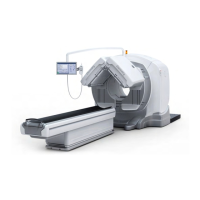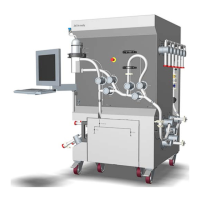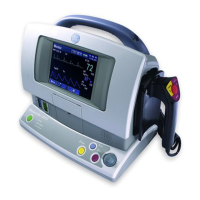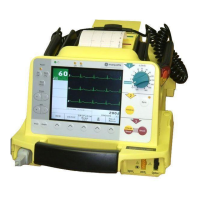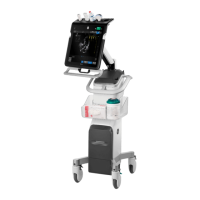Chapter 21 General Information
1 Introduction
This section provides a simple introduction to CT, or Computed Tomography, for people with no
detailed physics or medical diagnostic education.
1.1 System Components
The system components are also described in the User Manual.
1.2 Emergency Stop
Emergency Stop procedures are described in the Safety chapter.
1.3 CT Description
Computed tomography (CT) is a medical imaging method employing tomography created by
computer processing. Digital geometry processing is used to generate a three-dimensional
image of the inside of an object from a large series of two-dimensional X-ray images taken
around a single axial of rotation. The word "tomography" is derived from the Greek tomos (slice)
and graphein (to write). Computed tomography is known as computed axial tomography (CAT
or CT scan).
CT produces a volume of data, which can be manipulated, through a process known as
windowing, in order to demonstrate various bodily structures based on their ability to block the
X- ray/Röntgen beam. Although historically the images generated were in the axial or transverse
plane, orthogonal to the long axis of the body, modern scanners allow this volume of data to be
reformatted in various planes or even as volumetric (3D) representations of structures.
Revolution CT User Manual
Direction 5480385-1EN, Revision 1
Chapter 21 General Information 635
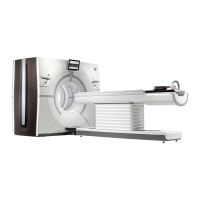
